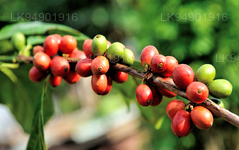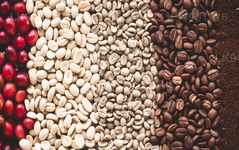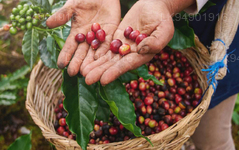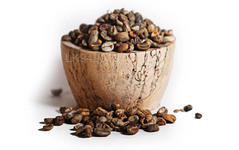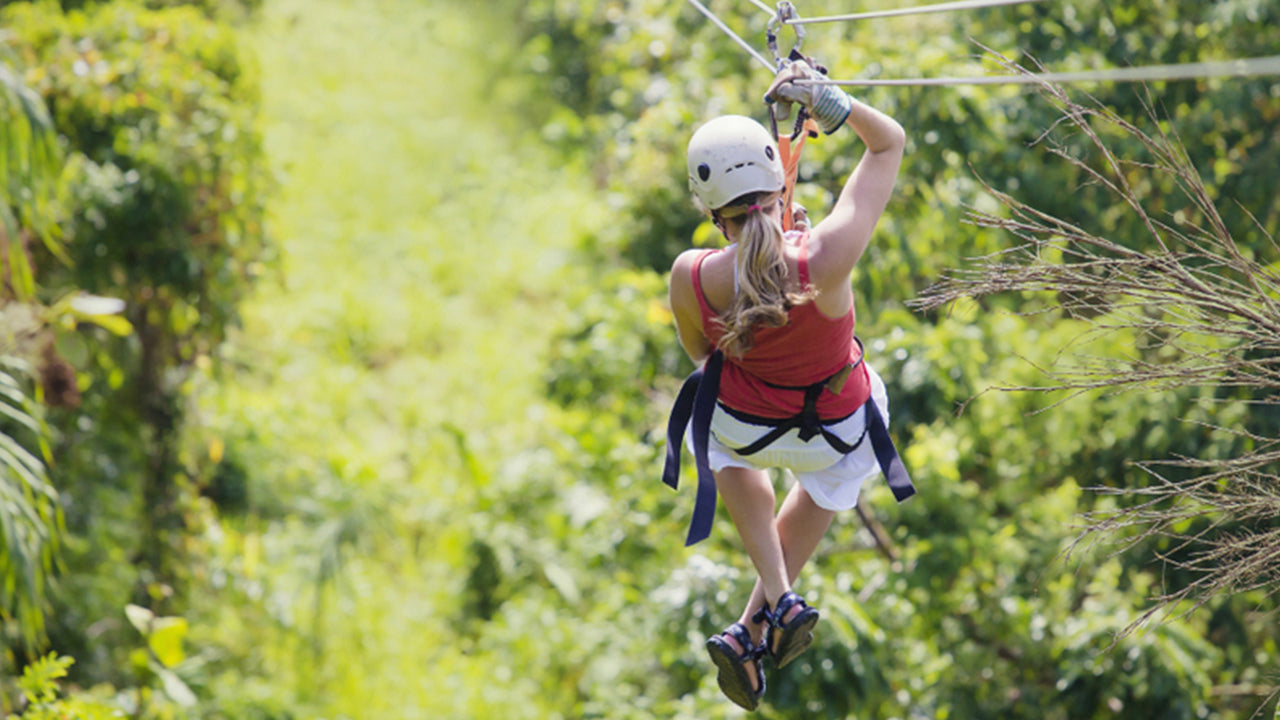
Sri Lanka
Sri Lanka, an island nation in South Asia, is renowned for its rich cultural heritage, diverse landscapes, and wildlife. Attractions include ancient temples, pristine beaches, lush tea plantations, and vibrant festivals. The country's unique blend of cultures, warm hospitality, and delicious cuisine make it a captivating destination for travelers.
Coffee
Coffee is a beverage prepared from roasted coffee beans. Darkly colored, bitter, and slightly acidic, coffee has a stimulating effect on humans, primarily due to its caffeine content. It has the highest sales in the world market for hot drinks.
Seeds of the Coffea plant's fruits are separated to produce unroasted green coffee beans. The beans are roasted and then ground into fine particles that are typically steeped in hot water before being filtered out, producing a cup of coffee. It is usually served hot, although chilled or iced coffee is common. Coffee can be prepared and presented in a variety of ways (e.g., espresso, French press, caffè latte, or already-brewed canned coffee). Sugar, sugar substitutes, milk, and cream are often used to mask the bitter taste or enhance the flavor.
Though coffee is now a global commodity, it has a long history tied closely to food traditions around the Red Sea. The earliest credible evidence of coffee drinking in the form of the modern beverage appears in modern-day Yemen from the mid-15th century in Sufi shrines, where coffee seeds were first roasted and brewed in a manner similar to current methods. The Yemenis procured the coffee beans from the Ethiopian Highlands via coastal Somali intermediaries and began cultivation. By the 16th century, the drink had reached the rest of the Middle East and North Africa, later spreading to Europe. In the 20th century, coffee became a global commodity, creating different coffee cultures around the world.
The two most commonly grown coffee bean types are C. arabica and C. robusta. Coffee plants are cultivated in over 70 countries, primarily in the equatorial regions of the Americas, Southeast Asia, the Indian subcontinent, and Africa. As of 2018, Brazil was the leading grower of coffee beans, producing 35% of the world's total. Green, unroasted coffee is traded as an agricultural commodity. Despite sales of coffee reaching billions of dollars worldwide, farmers producing coffee beans disproportionately live in poverty. Critics of the coffee industry have also pointed to its negative impact on the environment and the clearing of land for coffee-growing and water use.
Why Coffee Is Good for You?
Ah, coffee. Whether you’re cradling a travel mug on your way to work or dashing out after spin class to refuel with a skinny latte, it’s hard to imagine a day without it. The caffeine perks you up, and there’s something incredibly soothing about sipping a steaming cup of joe. But is drinking coffee good for you?
Good news: The case for coffee is stronger than ever. Study after study indicates you could be getting more from your favorite morning beverage than you thought: Coffee is chock full of substances that may help guard against conditions more common in women, including Alzheimer’s disease and heart disease. Caffeine is the first thing that comes to mind when you think about coffee. But coffee also contains antioxidants and other active substances that may reduce internal inflammation and protect against disease, say nutrition experts from Johns Hopkins University School of Medicine.
Top health Benefits of drinking Coffee
- You could live longer.
- Your body may process glucose (or sugar) better.
- You're less likely to develop heart failure.
- You are less likely to develop Parkinson's disease.
- Your liver will thank you.
- Your DNA will be stronger.
- Your odds of getting colon cancer will go way down.
- You may decrease your risk of getting Alzheimer's disease.
- You're not as likely to suffer a stroke.
Caffeine content
Depending on the type of coffee and method of preparation, the caffeine content of a single serving can vary greatly. The caffeine content of a cup of coffee varies depending mainly on the brewing method, and also on the coffee variety.[172] According to the USDA National Nutrient Database, a 240-millilitre (8 US fl oz) cup of "coffee brewed from grounds" contains 95 mg caffeine, whereas an espresso (25 mL) contains 53 mg.[173] According to an article in the Journal of the American Dietetic Association, coffee has the following caffeine content, depending on how it is prepared:
| Serving size | Caffeine content | |
| Brewed | 200 mL (7 US fl oz) | 80–135 mg |
| Drip | 200 mL (7 US fl oz) | 115–175 mg |
| Espresso | 45–60 mL (1+1⁄2–2 US fl oz) | 100 mg |
Caffeine remains stable up to 200 °C (392 °F) and completely decomposes around 285 °C (545 °F). Given that roasting temperatures do not exceed 200 °C (392 °F) for long and rarely if ever reach 285 °C (545 °F), the caffeine content of a coffee is not likely changed much by the roasting process.

